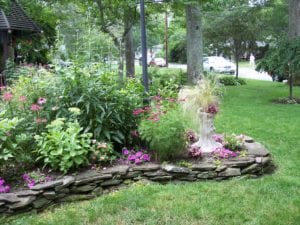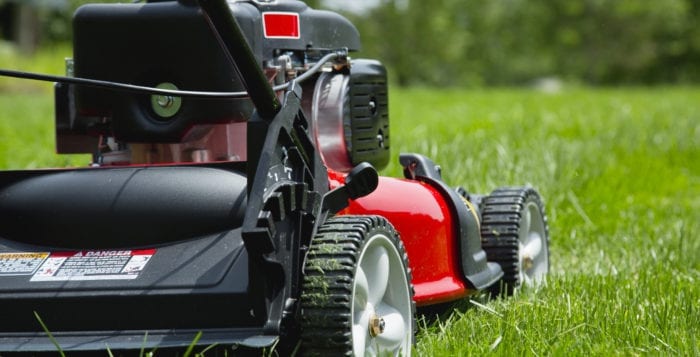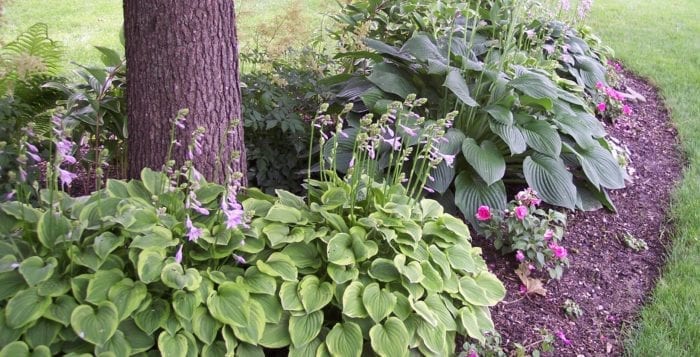A baker’s dozen lawn tips
By Ellen Barcel
Well, winter is over and it’s time to think about spring and gardening and that includes your lawn. If you followed recommendations, you fertilized your lawn last October and patched bare spots. You removed fallen leaves. Now, what should you be doing?
1. Remove any leaves from the lawn that may have accumulated over the winter. These can be composted, but leaves do take longer to break down than greenery so it’s best to shred them. The more surface exposed, the faster the composting process will happen.
2. Gather up any broken branches that came down during the winter’s storms. I use this wood for my fireplace, but each wood has a different scent. Apple wood is wonderful but weeping willow wood is definitely not. If you have a chipper you can turn downed wood into mulch.
3. If you had a lot of weeds in your lawn last year, consider applying pre-emergent weed killer. Personally, I just mow them over since they’re green, but if it’s a problem for you, spread the weed killer.
4. If you haven’t patched bare spots or new ones developed, spring is the ideal time to do that. Most of the lawn grasses we grow on Long Island are cool weather grasses and grow best in spring and fall.

5. In general, grass won’t grow well in very shady areas. The plants need sun, but fescue tolerates some shade. So, when patching, look for mixes that note that they do well in some shade.
6. Turn on (and repair as needed) any irrigation system you have once the danger of frost has passed.
7. You can spread fertilizer after the beginning of April. (Suffolk County law prohibits spreading it before that time to prevent chemicals from polluting the groundwater. Lawns just don’t take up fertilizer from November through March.) Don’t apply fertilizer to zoyzia grass until it has greened up, however, since it is a warm weather grass.
8. When mowing, don’t cut the lawn shorter than 3 inches. Remember these are plants and if you “scalp” them, you can kill them. They need a certain amount of greenery to thrive. While it’s tempting to cut the lawn really short so you don’t have to do it that often, you’ll damage the lawn.
9. Leave the clippings on the lawn as they will break down and return nutrients to the soil. If you must gather them up, then compost them.
10. Don’t walk on the grass, for the same reason. You wouldn’t walk on your tomato plants or bean plants, so don’t walk on the grass. Install some sort of walkways for frequently trodden paths.
11. If your soil is substantially below a pH of 6.0 to 7, you need to periodically add lime to sweeten the soil. So, test your soil, then follow the manufacturer’s direction on quantity and frequency of application.
12. Generally, on Long Island, your lawn needs 1 inch of water per week. On average, Long Island gets 4 inches of rain per month. During spring and fall, and with cooler temperatures, rain frequently takes care of this need, but come the heat of summer you will probably have to supplement the rain. However, be on the lookout for periods of drought like we’ve had the last two years. Remember that two inches of rain all at once, quickly drains from the soil.
13. Don’t plant grass close up to the base of trees. If you do, the trees may be damaged as you mow each week. Instead, put mulch and/or annuals or perennials around the base of trees. That way, a “weed wacker” won’t damage the tree bark.
Ellen Barcel is a freelance writer and master gardener. To reach Cornell Cooperative Extension and its Master Gardener program, call 631-727-7850.






